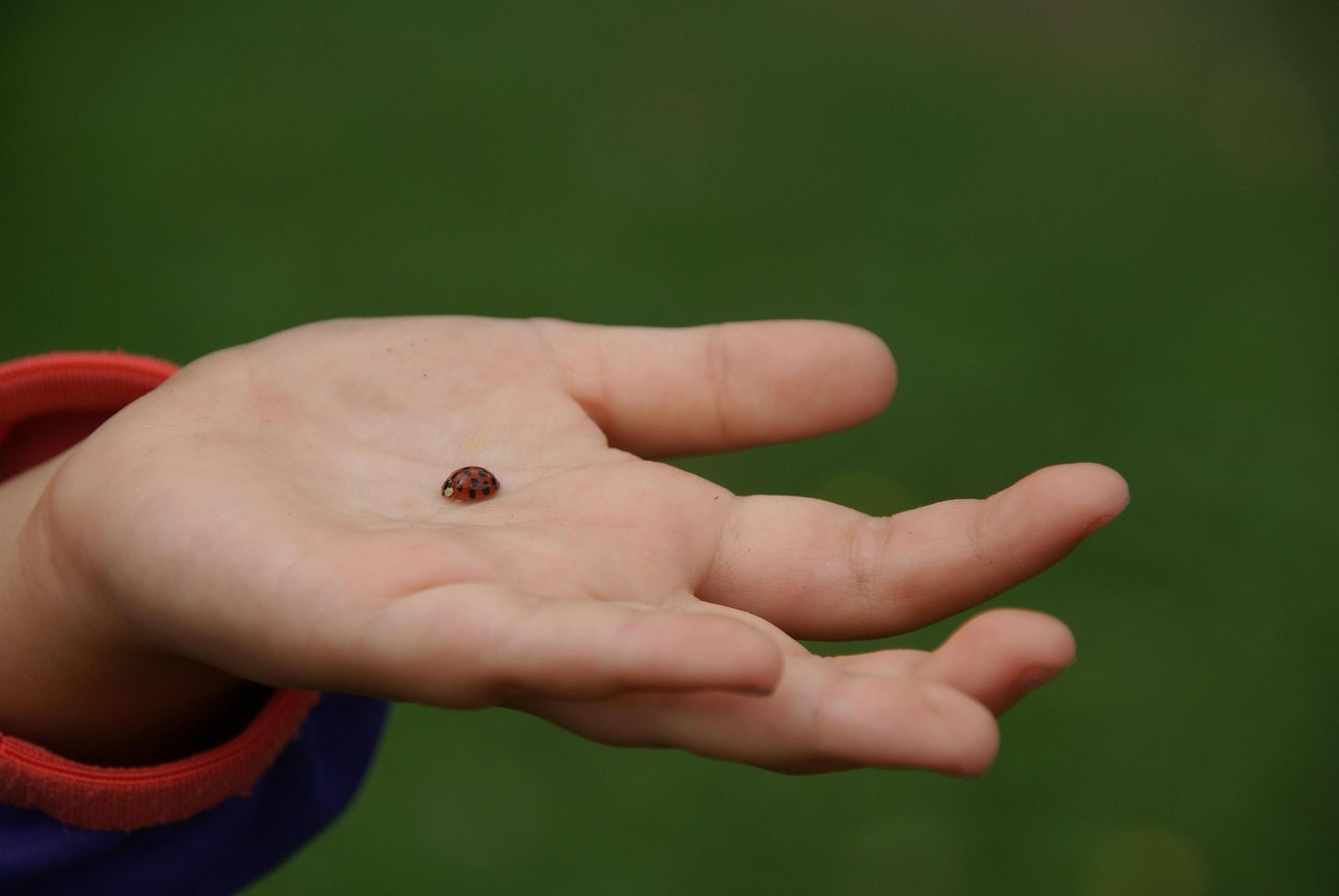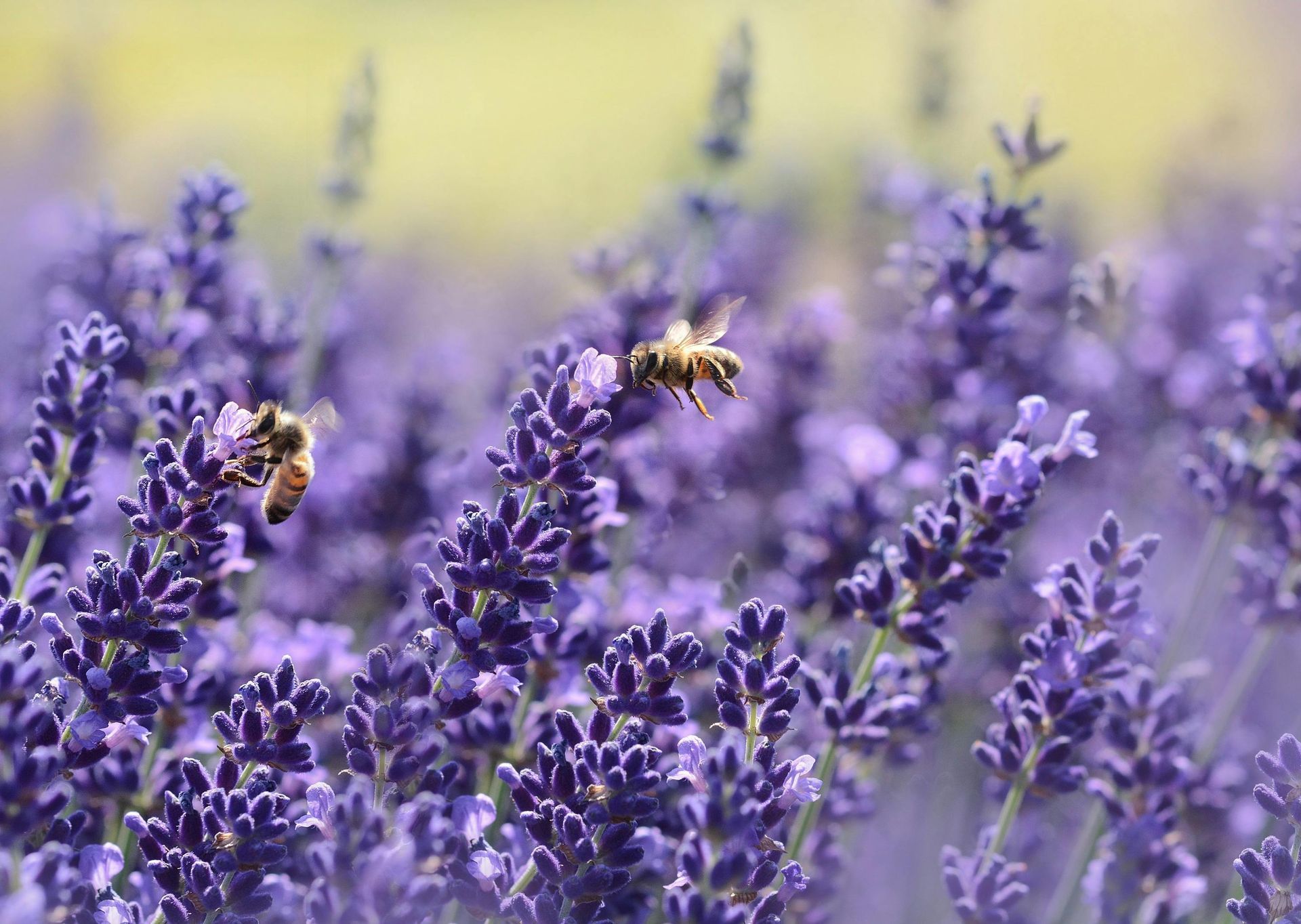Defending Border Town Residences: Pest Control for Cricket Nuisance Prevention
Cricket infestations have increasingly become a nuisance for residents living near borders and in suburban communities. While these chirping insects might appear harmless, they can potentially lead to hygiene issues, structural damage, and sleepless nights due to their incessant chirping. Various pest control methods are available for mitigating this issue. The aim here is to guide homeowners on effective ways to prevent and control cricket infestations.
Identifying the Problem
Before diving into pest control solutions, it's essential to understand the extent of the problem. Crickets, mostly belonging to the Gryllidae family, come in various species, such as house crickets, field crickets, and camel crickets. Each type has unique behaviors and requires different control measures. Evidence of cricket activity often includes physical sightings, droppings, and their characteristic chirping.
Cultural Practices
A proactive approach starts with cultural practices that make the environment less conducive to cricket infestation. Regularly mow your lawn and maintain a gap between plants and home foundations. Removing debris and leaves that serve as hiding spots can also go a long way. Make sure to fix leaky faucets and pipes, as crickets are drawn to moisture.
Chemical Treatment
For heavy infestations, chemical treatments may be necessary. Pyrethroid-based insecticides are generally effective against various cricket species and offer a fast knockdown effect. However, chemical methods should be a last resort due to environmental concerns and the possibility of harmful residue. When using chemical treatments, always adhere to the manufacturer’s instructions and consider hiring professionals for application.
Natural Alternatives
If you prefer a more environmentally friendly approach, several natural alternatives exist. Diatomaceous earth, for example, is a non-toxic powder that dehydrates crickets upon contact. Essential oils such as peppermint and citronella can also act as repellents. Sticky traps are another non-toxic option for catching crickets, although they require frequent replacement.
Integrated Pest Management
A balanced approach known as Integrated Pest Management (IPM) combines cultural practices, biological control, and chemical methods for comprehensive cricket control. The idea is to use the least toxic, yet effective, means to manage the pest. IPM considers the cricket’s life cycle and uses targeted interventions at various stages, reducing the need for widespread chemical treatment.
Safety Measures
When implementing pest control methods, safety should always be a top priority. Wear protective gear, and keep pets and children away from areas where you apply treatments. Moreover, comply with local regulations concerning pesticide use and disposal, as improper usage can lead to penalties.
Preventing and controlling cricket infestations in border town residences require a multi-faceted approach. From understanding the specific cricket species to implementing a mix of cultural, chemical, and natural methods, homeowners have various options to address this problem. By adhering to safety protocols and considering environmental impact, effective cricket control is attainable.
Don't let cricket infestations disrupt your peace of mind. Contact us today for tailored, effective pest control solutions that put you and your family first.




